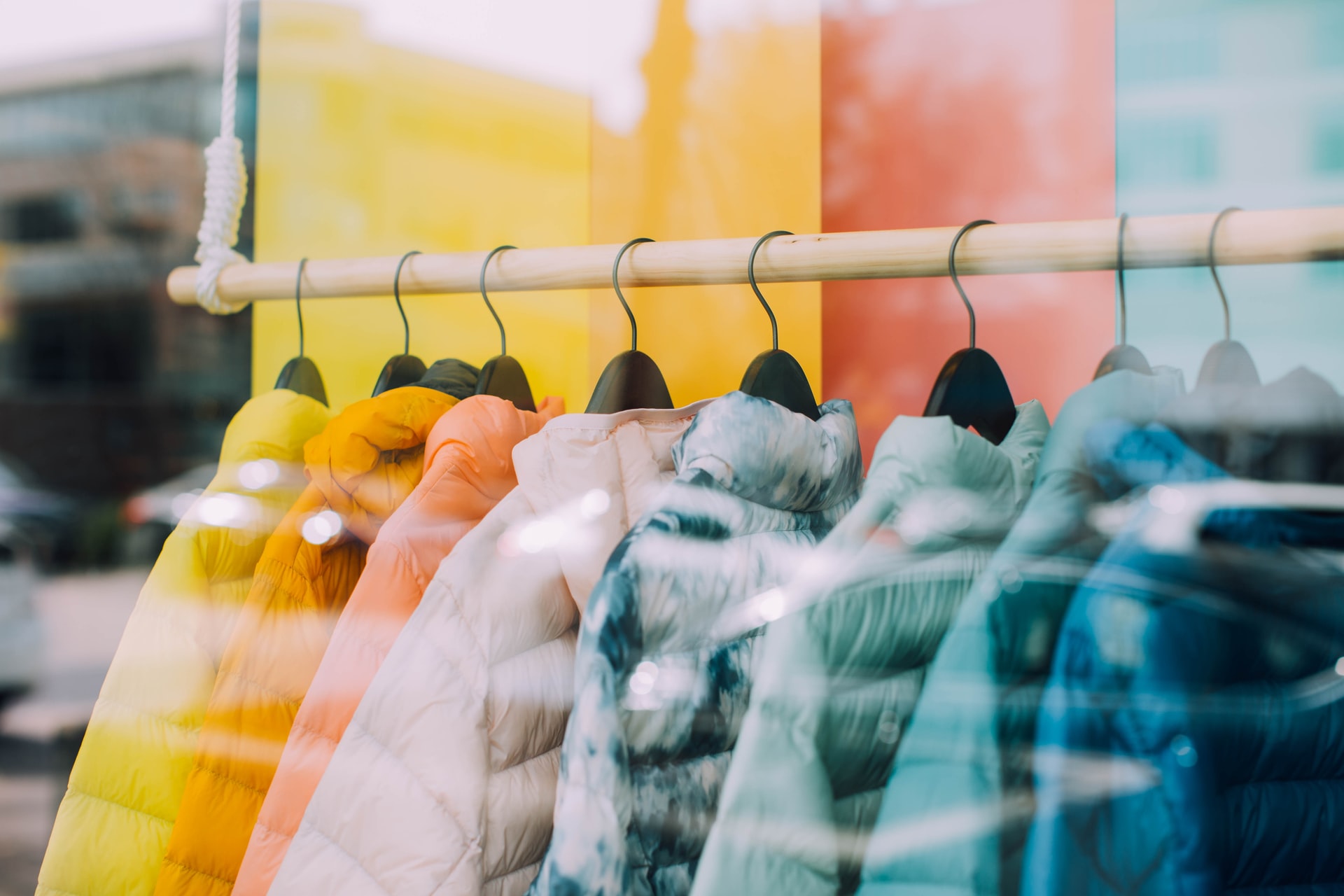
Written by Garrett Seivold at Loss Prevention Magazine
Contending with an increase in rioting, smash-and-grab theft, and natural disasters, retailers have been forced to employ a strategy of board up, pull down, repeat. But a break in this costly cycle is available thanks to a new product category that gives retailers the option to never again erect a storefront wall of plywood.
It’s become a common sight in advance of an approaching storm, election results, or court verdict—entire streets of shops shut down and boarded up, so frequent recently that the supply of plywood has run low at several points over the past year.
Worried retailers often begin erecting barriers a week in advance to “get out in front” of events that may—or may not—materialize. “One retailer we spoke with recently spent $2 million on wood alone in the last year, which they then just ended up taking down,” said James Beale, Founding Partner at NGS.
NGS is a nationwide leader in security window film applications, but it is their new Riot Glass™ solution that has Beale excited currently, noting that it provides retailers with always-there protection against direct assaults. “The special sauce is that it’s a custom-engineered protection solution but looks like a normal storefront.”
That marks a substantial advantage over roll-down shutters and gates, which can be overwhelmed by rioters, are easily damaged resulting in costly repairs, require ongoing maintenance, and can give an unfavorable impression of a shopping area’s safety. Indeed, out of concern for the negative image from security shutters, some city councils have banned certain types of them, like officials in Waukegan, Illinois. “[Riot Glass] is a much more aesthetic solution, which makes it much easier to get buy-in from multiple departments than something that is going to impact the design of the store,” explained Angie Druley, Vice President of Retail at NGS.
It’s not window film. To get technical, it’s a patented ArmorPlast shield system made from a combination of polycarbonate and plastics that is anchored in a specially designed & patented framing system to existing windows and doors. It provides maximum glass protection against sledgehammers, crowbars, and projectiles, but even if the glass behind it is somehow damaged, rioters and looters still can’t get in. It has undergone and passed independent testing designed for Miami Dade hurricane code enforcement and is rated against human impact—and it’s currently undergoing even stricter blast-rating tests. “Everyone turns to plywood as a solution, but that doesn’t even have a rating,” noted Beale.
The ability of Riot Glass to repel attacks—even when bullets are repeatedly fired into it—often comes as a surprise to Loss Prevention executives during demonstrations, according to Beale. It’s proving itself in the real world, too. “There are retailers that have had their store hit five times and they’ve never been breached or had to replace their glass.”
In a Loss Prevention Magazine feature on after-hours protection, a chief security officer for a national restaurant chain said he thinks a lot of the latest security technology is helpful but warned that regardless of what gadgets may be in place, retail establishments with unprotected doors and windows are still vulnerable to ‘a good crowbar.’ “It’s been my experience that creating physical barriers is ultimately more important than the burglar alarm system,” he said.
In addition to better protection, cost savings is a principal benefit: a hardened, layered approach to security repels would-be looters and limits economic harm. The costliest civil disorder event in the nation’s history was last summer, for example, when rioting caused losses topping $1 billion. And stores can lose money even when events don’t spiral out of control. According to an online platform that connects retailers with local contractors, some large retailers spent $31,000 per store to board up in advance of the election—for rioting that never happened.
Instead of bearing the wasted expense of repeatedly adding protection—and then removing it—investing in Riot Glass provides constant security. A permanent solution also eliminates the handwringing and second-guessing that arises from trying to gauge what impact a protest, celebration, or weather event will have on a specific store location, and if it warrants boarding up or not—and, if so, when is the right time to do it.
As a maximum-security solution, Riot Glass is an investment, but Beale said stores can minimize the total outlay. “To keep costs down, Riot Glass in conjunction with security film is a good option,” Beale explained. “Most of the attacks on storefronts are on the door and around the door area.”
Beale says that using store remodels as an opportunity to make the upgrade is also a good idea, as is internal departments working together to strengthen the overall business case, including construction, design, real estate, and loss prevention. For example, for stores in coastal areas prone to weather events, Riot Glass allows real estate groups to meet code requirements; gives loss prevention a 24/7 physical protection solution that is impervious to human error or maintenance failures; and eliminates the expenses of shuttering stores and emergency glass service from the facility team’s budget.
Once installed, Riot Glass is a fixed-and-forget it solution, but it does require retailers to alter their approach to the next hurricane, riot, or organized retail crime (ORC) eruption. A permanent solution demands a longer planning cycle than an incident response and remediation approach to store security. And high demand and supply chain complications are such that retailers should be mindful of the lead time for installations. “If you want to play whack-a-mole, you can do that with plywood or security film, but with Riot Glass, you do have to plan and be proactive,” explained Beale.
Contact NGS today to learn more about Riot Glass!
Photo by Jordan Nix on Unsplash



